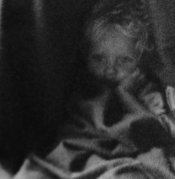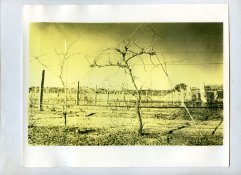But if that's fairly easily achievable by just developing longer or using another easily available developer, wouldn't it complicate matters to include processing steps? I mean, it would make sense to try the easy options first.
I also don't see how a bleach and redevelop procedure would emphasize grain. If anything, the opposite is more likely. The exception would be a redevelopment that actually adds density, such as chromium intensification.
When you over develop film you get big grain but also dense negatives which is probably not what OP wants. You need something more than over developing. This is where Thornton's bleach monobath method can potentially be helpful. It reduces the highlight density and is a very tolerant process according to Thornton. So, you over develop the film to get big grains overall in the negative and get back printable highlights using the bleach monobath technique. I don't see why asking whether this approach gives both big grains and printable negatives is unreasonable.
The hypothesis here is bleach redevelop will retain the grain structure of the overdeveloped negatives. This is something that the experts of this forum can confirm or reject.


 I'd like to try that presence.
I'd like to try that presence. Release The Bats.
Release The Bats.





